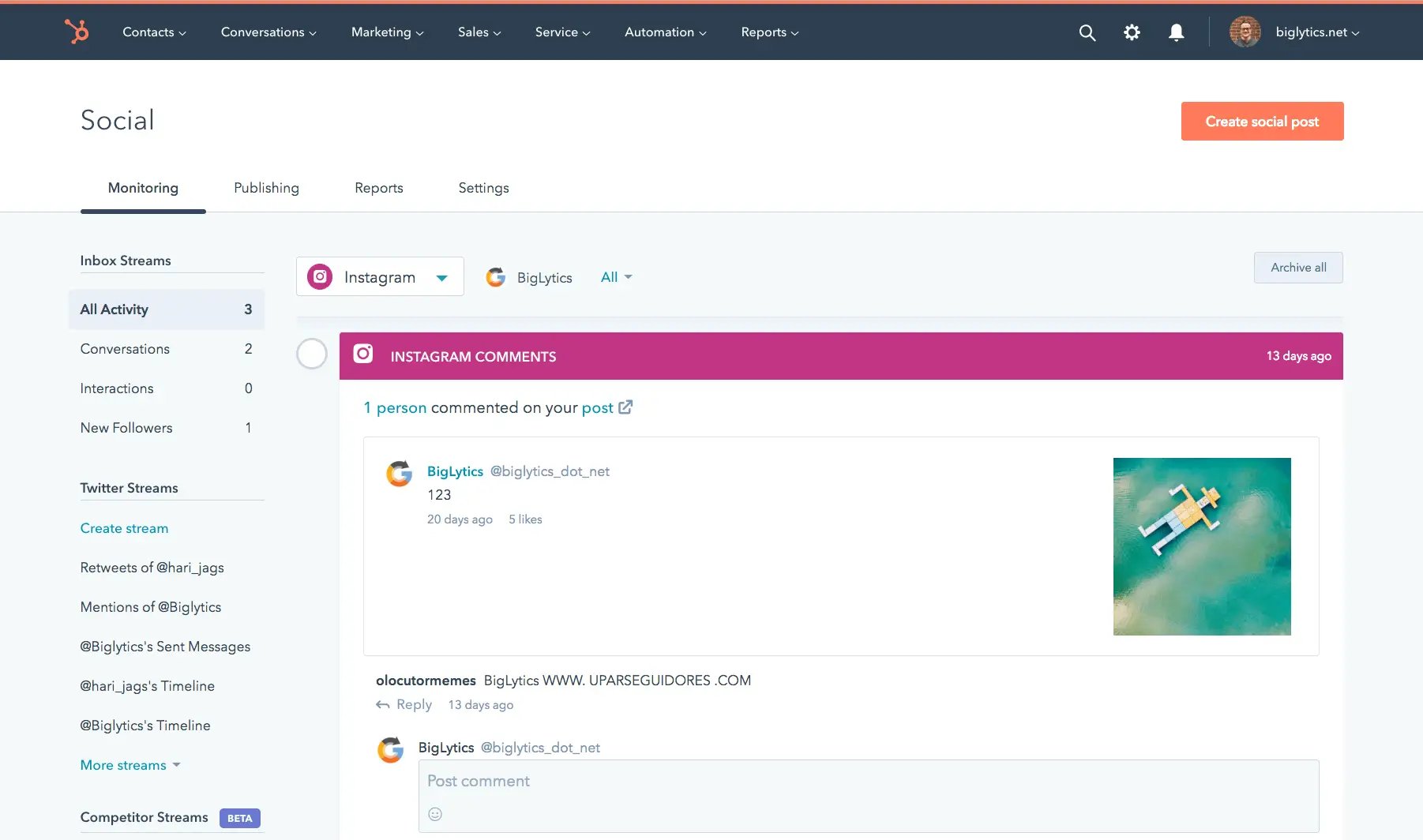Alternatives to Buffer Publish
1. Brandwatch Consumer Intelligence
+Pros
- Comprehensive data depth with 1.7 trillion historical conversations back to 2010
- Visual recognition capabilities reduce unmonitored mentions by 31%
- Crisis detection improves response times from 48 hours to 90 minutes
-Cons
- TikTok and Instagram integration gaps create blind spots for Gen-Z-focused retailers
- Sentiment analysis inconsistencies in multilingual contexts where human moderation improves accuracy by 15%
- Implementation complexity causes 78% of deployments to experience workflow disruption
One highlighted feature and why it's amazing
Handles 501 million daily conversations with sentiment analysis achieving up to 90% accuracy under optimal conditions.

Another highlighted feature of why it’s amazing
Includes logo recognition technology that identifies brand mentions in visual content, reducing unmonitored mentions by 31% compared to text-only monitoring approaches.
2. HubSpot Social Media Tools
+Pros
- Unified CRM Integration enables social interactions to link directly to contact records for comprehensive ROI tracking .
- Proven Business Impact demonstrates measurable results across diverse implementations .
- Enterprise Scalability through Marketing Hub Pro and Enterprise tiers supports complex organizational requirements .
- AI-Powered Efficiency reduces manual workload by 6-8 hours weekly .
-Cons
- Limited Platform Coverage excludes TikTok and YouTube integration .
- Video Content Constraints offer limited capabilities compared to specialized visual content creation tools .
- Ongoing Oversight Requirements demand human review, with 30% of marketers noting AI outputs need refinement .
- Implementation Complexity scales significantly with organizational size, requiring $500K+ investments for enterprise deployments .
One highlighted feature and why it's amazing
Provides AI-powered content creation that analyzes social performance data, company details, and marketing best practices to generate multi-channel content strategies .

Another highlighted feature of why it’s amazing
Enables social interactions to link directly to contact records for comprehensive ROI tracking .
3. Lumen5
+Pros
- Proven efficiency gains with users creating videos 60% faster than manual editing processes
- Access to 500M+ licensed media assets through integrated Storyblocks API
- Comprehensive DAM integrations including Bynder and Cloudinary connections for brand compliance
-Cons
- Occasional rendering delays during peak usage periods with 'Please try in an hour' error messages
- Complex animations requiring human oversight for brand-aligned outputs
One highlighted feature and why it's amazing
Core product features center on AI-powered text-to-video conversion with automated storyboarding that intelligently selects key sentences from written content and pairs them with contextually relevant visuals.

Another highlighted feature of why it’s amazing
The platform's drag-and-drop interface enables users to create videos 60% faster than manual editing processes while maintaining creative control.
Other Alternatives
Ocoya
Shopify Plus
SocialBee
Sprinklr Social Commerce
How We Researched This Guide
About This Guide: This comprehensive analysis is based on extensive competitive intelligence and real-world implementation data from leading AI vendors. StayModern updates this guide quarterly to reflect market developments and vendor performance changes.
270+ verified sources per analysis including official documentation, customer reviews, analyst reports, and industry publications.
- • Vendor documentation & whitepapers
- • Customer testimonials & case studies
- • Third-party analyst assessments
- • Industry benchmarking reports
Standardized assessment framework across 8 key dimensions for objective comparison.
- • Technology capabilities & architecture
- • Market position & customer evidence
- • Implementation experience & support
- • Pricing value & competitive position
Research is refreshed every 90 days to capture market changes and new vendor capabilities.
- • New product releases & features
- • Market positioning changes
- • Customer feedback integration
- • Competitive landscape shifts
Every claim is source-linked with direct citations to original materials for verification.
- • Clickable citation links
- • Original source attribution
- • Date stamps for currency
- • Quality score validation
Analysis follows systematic research protocols with consistent evaluation frameworks.
- • Standardized assessment criteria
- • Multi-source verification process
- • Consistent evaluation methodology
- • Quality assurance protocols
Buyer-focused analysis with transparent methodology and factual accuracy commitment.
- • Objective comparative analysis
- • Transparent research methodology
- • Factual accuracy commitment
- • Continuous quality improvement
Quality Commitment: If you find any inaccuracies in our analysis on this page, please contact us at research@staymodern.ai. We're committed to maintaining the highest standards of research integrity and will investigate and correct any issues promptly.